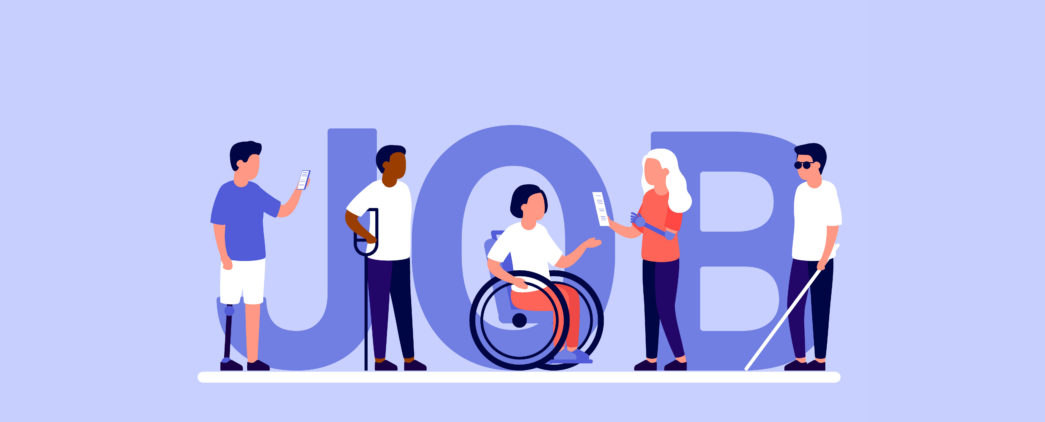Creating a More Inclusive Hiring Practice
It’s time to simplify your hiring process and make it more inclusive

There are over 60 million Americans with disabilities, but just 21.3% are employed. That’s pretty alarming considering that 65.4% of Americans without disabilities are working. And while employment among disabled Americans has been rising since the start of the COVID pandemic, it’s nowhere near where it could be.
Employers can do a lot to change this story. Hiring people with disabilities is an important part of creating a diverse team at your company, and research also shows that it’s good for business. A recent study from Accenture shows that companies that excelled at disability inclusion had higher shareholder returns than their peers. Having people with disabilities on your team will also make your staff more representative of your customer base because 27% of Americans have a disability.
Many employers worry that hiring people with disabilities is expensive, but that’s simply not true. When the Job Accommodation Network surveyed companies about how they handled accommodations, half said that accommodations they had provided to employees with disabilities cost nothing, and 43% incurred a one-time cost.
What steps can employers take to create a more inclusive hiring practices?
1. Make sure your digital hiring platform is accessible
Most employers use applicant tracking systems to recruit and hire candidates. These tools are essential for posting jobs and accepting applications. However, they exclude applicants who use assistive technology if they’re inaccessible.
Look at whether your chosen system has a public accessibility statement or VPAT. You can also run a browser-based tool like WAVE or Axe to test the applicant experience to see how it conforms to WCAG accessibility standards.
Read more here about why accessible applicant tracking systems are essential.
2. Understand the pros and cons of AI tools in hiring
Many companies pair AI with their applicant tracking systems to quickly screen candidates. AI tools can save time and help you find the right candidates faster. But AI models are built on past data, which means that by default, they often favor candidates who already have an advantage in the labor market. If used without care, AI tools can quickly screen out qualified candidates with disabilities.
There are clear steps you can take to buy and use AI hiring tools in ways that reduce bias, including asking for an Explainable AI statement. Learn more here from the Partnership on Employment and Accessible Technology.
3. Use concise and flexible application forms
Take a look at your current application forms. See if there are places where you can reduce redundancy (like not asking candidates to upload a resume and fill out form fields with their job history). A shorter application improves accessibility for all users. This is especially true for people who use screen readers or have cognitive disabilities.
If you use time-based prompts in your online application, make sure there’s a way to override or ask for an extension. Many people may need extra time.
Make sure that any images or videos in your applications have alt text, so that people using screen readers can understand what you’re communicating.
4. Make the process clear
Everyone benefits from knowing what to expect. On the application page, provide a detailed description of the job hiring process, including which parts are virtual or on-site.
Include clear information on how applicants can request accommodations in the hiring process. Make sure that there’s at least one written option for sending requests (like an email address for HR or your recruiter).
5. Reach your goals with support
The Tamman-Sierra Group 360 Collaborative is a comprehensive approach that supports your company’s accessibility goals. Tamman brings digital accessibility expertise to guide your internal and public-facing technology, and The Sierra Group supports your team with sourcing, hiring, and onboarding qualified people with disabilities. Learn more here about how to and get started with the collaborative today.
Read more from Tamman contributor Kristen Witucki on best practices for reading applications from and holding interviews with candidates with disabilities.




